Stable Agility
What is Stable Agility?
Stable agility is finding a balance between sticking to the tried-and-true foundational practices of your organization (stability) while maintaining the ability to stay responsive in constantly shifting environments (agility).
Example
We can’t be rigid in the face of new challenges, but neither can we give up the bedrock that made us successful in the first place. We need to find a place of stable agility.
Frequently Asked Questions
- What is an agile business?An agile business is one that is structured and works in such a way that it can quickly and (relatively) easily adapt to changes in the economy, in market variability, and in other outside influencing factors. When businesses strive to be agile, they are often thinking about avoiding becoming a large business that is slow to adapt to changing times and consumer preferences.
- Does an organization need both stability and agility?Agile businesses are often quick to become successful, but at the cost of stability. A stable business is one that’s built on core foundational principles, has a relatively rigid structure, and protocols that allow for deliberate, informed decision-making at a significantly slower pace. The highest-performing businesses that still maintain longevity over time rather than fizzling out are those that combine the reliability of a stable business structure with the adaptability of an agile one.
- How does business stability lead to agility?It sounds counter-intuitive, but many of the most agile businesses are rooted in stability. Spontaneity without structure leads to chaos, and agility must have a framework to jump from. Having a stable structure means that everyone in the organization is aware of their exact role and function within the business, making it easier to get exactly what you need from the best possible person when it comes time to make quick changes. Additionally, having deliberate decision-making processes in place means that when quicker, more agile decision-making needs to be implemented, everyone involved has a clear sense of context and responsibility to make an informed decision, rather than a rash one.
- How does an organization achieve stable agility?Much has been written about both achieving stability and agility, but in order to achieve both, it boils down to a few best practices. To start, an organization should define specifically the behaviors they want to see as employees and teams work with each other, rather than lean into broad vision statements with no detail. Decision-making processes should also be made clear – everyone involved should have a clear understanding of what decisions can be made individually, versus what decisions may require additional input or committee agreement. And roles within the organization should be defined both in terms of the core practices and responsibilities that must be adhered to as well as where a role has flexibility to help others.By practicing all of the above along with clear, consistent, and reliable communication, an organization can achieve both long-term stability and the agility needed to stay relevant in an ever-changing world.
PEOPLE-CENTERED PLATFORMS FOR A CHANGING WORLD
The workplace is evolving faster than ever before thanks to new HR solutions, rapidly developing technology, ever-present digital security threats, and more, and you need a partner that will help your organization stay agile and on top of the moment.
From strategic talent management to the best onboarding technology, Rival offers secure platforms that enable people to thrive in a changing workplace. Contact Rival today to talk to an expert to see how we can help you attract the best talent and keep them on board and performing up to your expectations.


















